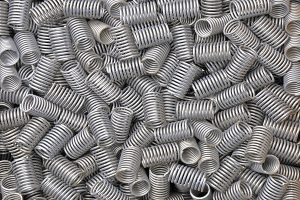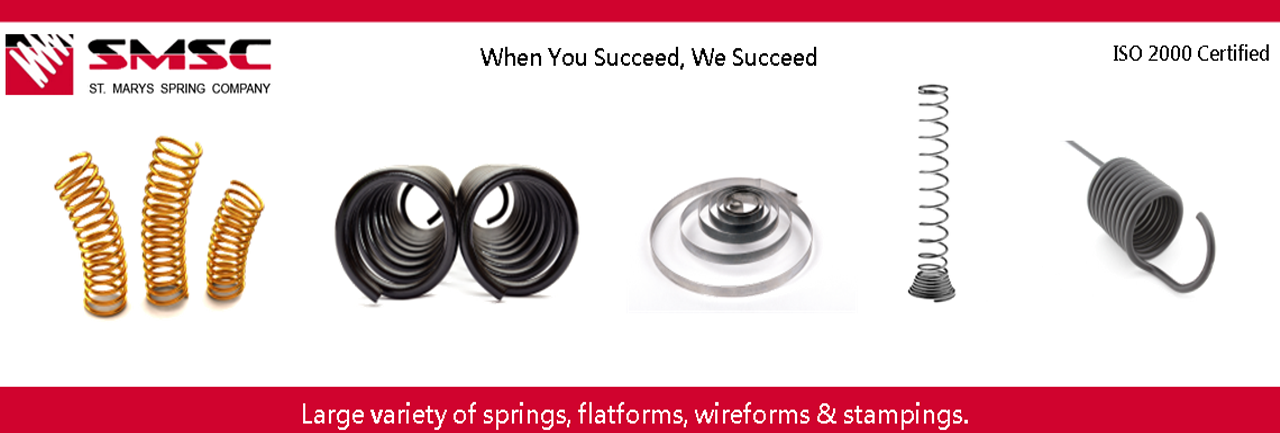Industrial springs are one of the most popular hardware in use today. There are a variety of different industrial springs available in the market. Each of these springs have specific characteristics, as well as applications. This means selecting them can be a tricky task with such an abundance of variety. A wrong type of spring may bring disastrous results. This post introduces you to some of the popular types of springs used in various industries.

Introduction to Types of Industrial Springs
These springs are categorized into two types based on:
• Shape
• Load Applied to Them
What are the Different Types of Industrial Springs Known by Their Shape?
A spring derives its shape from the coil on its ends. Following are some of the major types of springs identified by their coil shape.
- Helical Springs: Also known as coil springs, these springs receive their name from coiled ends. These springs store energy, and can easily resist the pulling forces between two objects. The helical springs are fitted in railway bogies for their shock absorbance qualities. The coil springs also find regular employing in various complex industrial applications due to their shock absorbance qualities.
- Tapered springs: These springs are also known as cone shaped springs or conical springs. The coils of these springs are distinguished by tapered ends forming a conical shape. The tapered springs are used in applications such as electrical contacts, or push buttons.
- Disc Springs: The disc springs are basically conically formed discs, which are loaded in axial direction. These springs are used as single disc or stacked with multiple discs depending on the requirement. These springs are considered ideal for industrial applications that demand high amount of force with a small deflection.
- Clock Springs: These springs are also known as power springs, and are distinguished by their helical wounded shape. The springs are designed to expand naturally. This expansion produces a small circular movement, which is also called torque. Once when the spiral shape runs out, the clock spring comes back to its clock shape. These springs consist of a flat coil strip, which are tightly wound around each other forming a snail shape. The clock springs are used when several torsion spring turns are needed in an application.
- Flat Springs: These springs receive their name from their flat shape with a high width-to-thickness ratio. These springs can be availed in various specifications depending on application requirements. Cantilever springs, leaf springs, and other varieties are the most popular variants in this category. These springs are largely used in the automotive industry.
- Wave Springs: These springs are distinguishable due to their compact wave sized designs. Generally, wave springs are used for compact sized applications. The wave springs are replacing coil springs in many industrial applications. The wave springs are also suited for applications where low mounting dimensions are required.
- Hourglass Springs: These springs have smaller diameter at the center and are wider at edges, resembling an hourglass. These springs are known as concave springs and are ideal for high load applications.
There are many other springs distinguished on the basis of shapes. In the next blog, we will discuss springs based on their load force.
